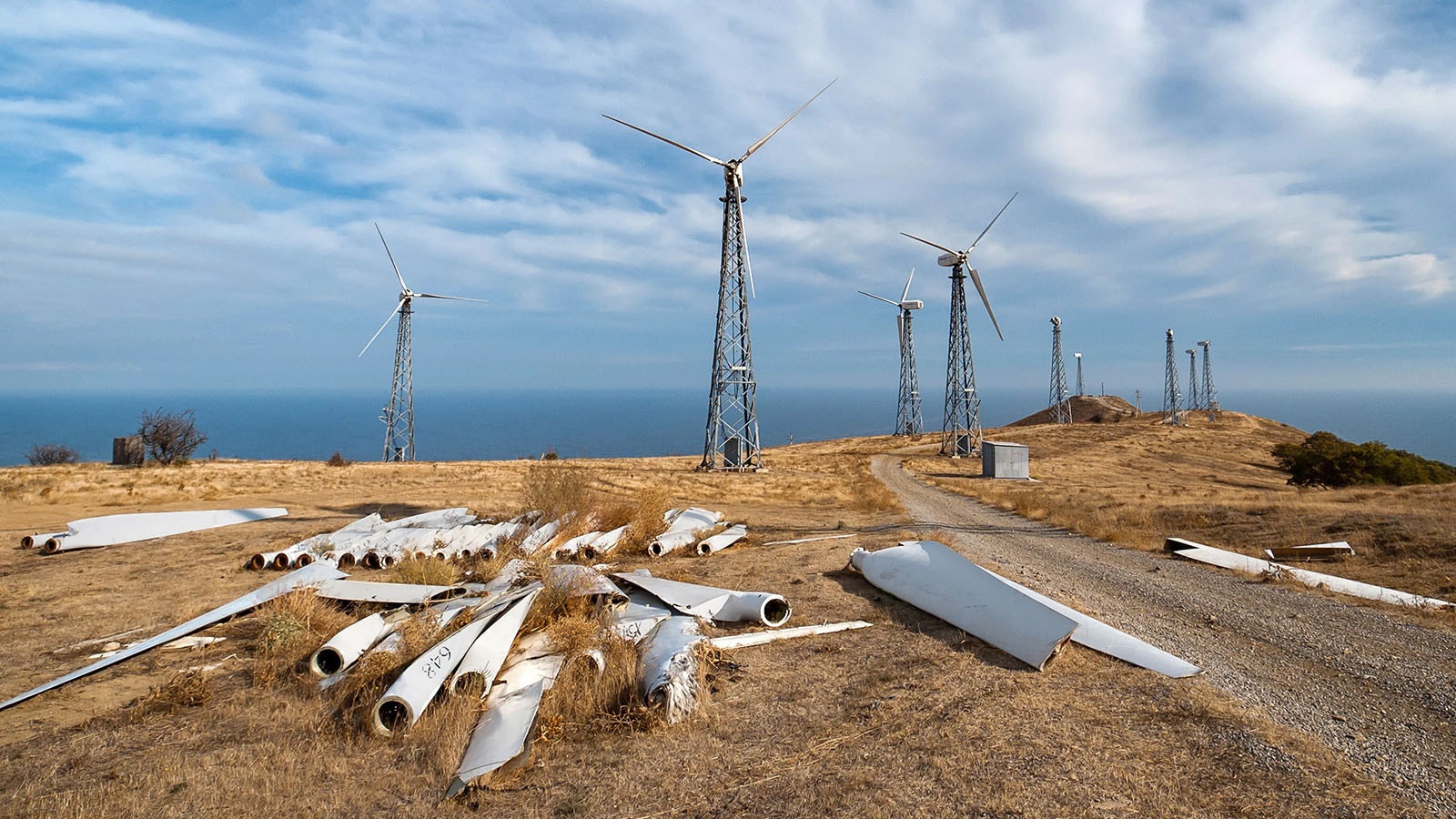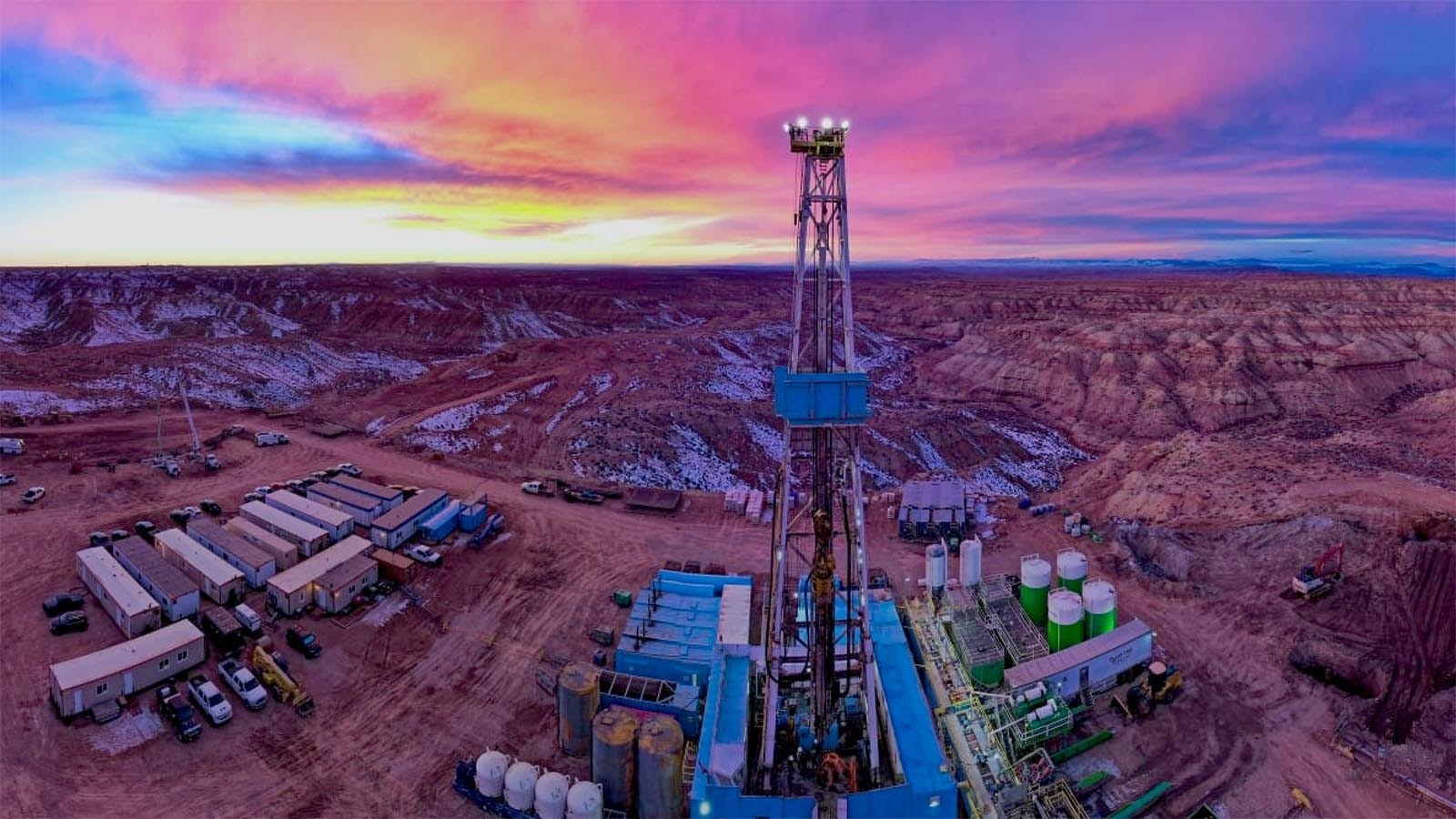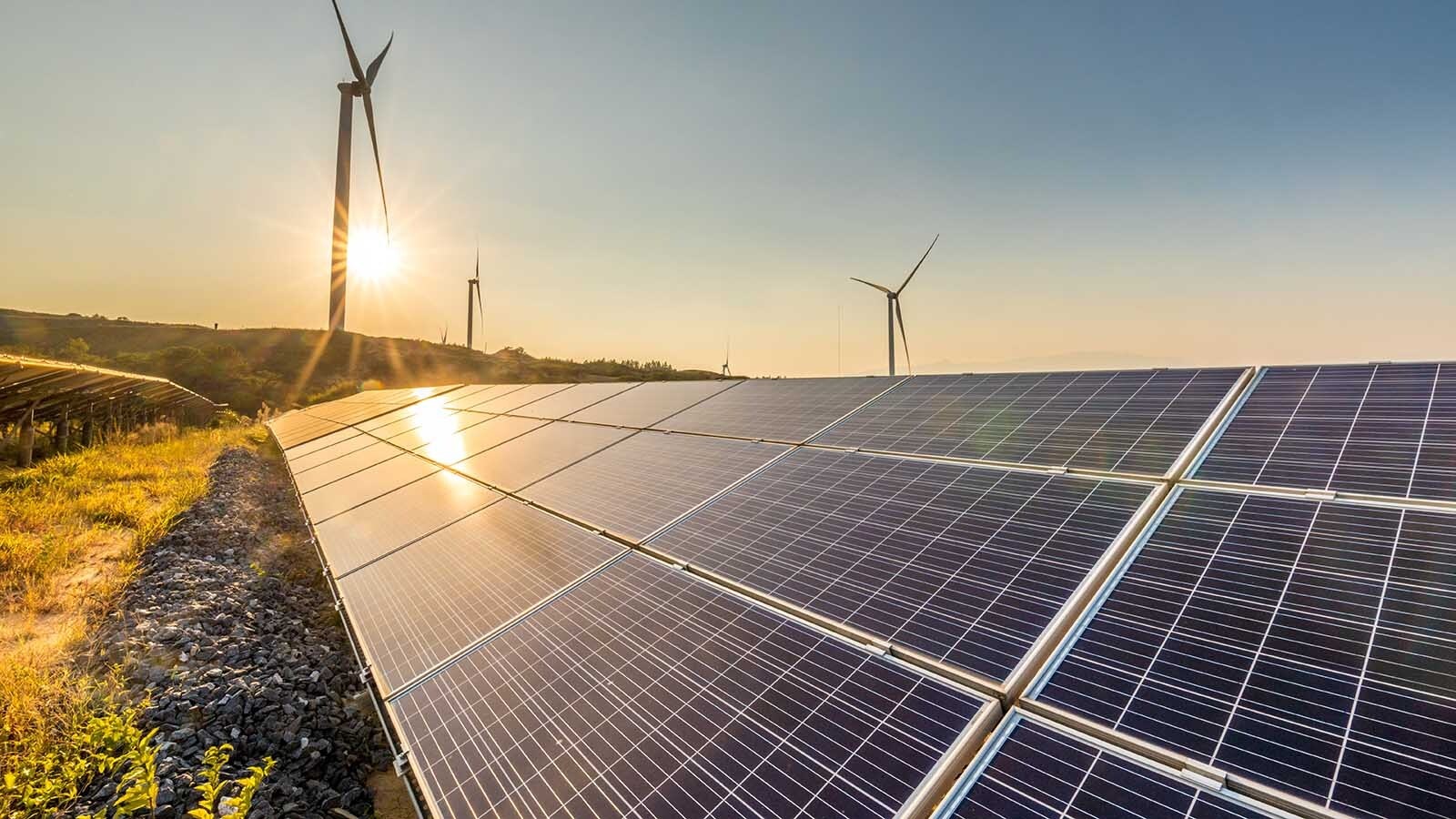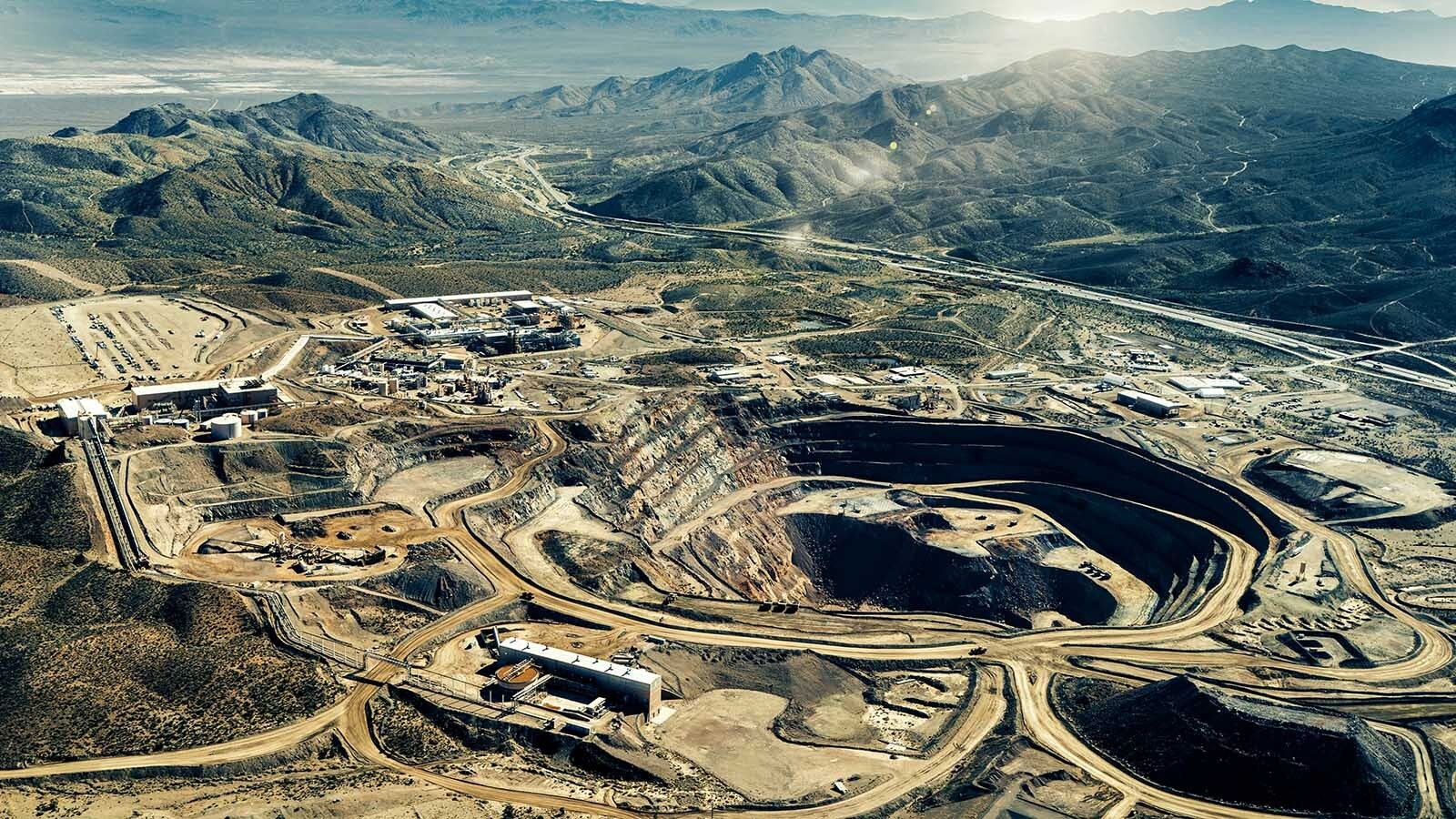A town in Texas is seeing firsthand the waste stream problem created by spent wind turbine blades. It’s a problem Wyoming has been considering for years, with various proposals to address the issue.
While some companies say they hope to repurpose the material for things like concrete, nothing has yet materialized.
Mike Gill, a mechanical engineer who worked in the turbine manufacturing industry, told Cowboy State Daily the material is so hard that repurposing is unlikely to be economical anytime soon.
“It’s a waste of time,” he said.
Piling Up
Texas Monthly magazine reported last week that Sweetwater, Texas, has become inundated with blades. Washington-based Global Fiberglass Solutions is trying to create a successful business recycling the blades. The plan is to grind them up to use as material for things like pallets, railroad ties and flooring panels.
The company began stockpiling used blades in the town at a couple locations. It also has collected huge piles of blades in towns in Iowa.
According to Texas Monthly, the company’s plant in Sweetwater has only recycled some of the blades, though a spokesperson assured the magazine it plans to ramp up production soon.
Repowering Waste
Part of the reason the blades are piling up is because federal tax credits not only go to the first 10 years of a wind farm’s operations, but the companies can also restart that time period by “repowering” turbines.
Rocky Mountain Power, which is seeking two rate increases that combined will total over 30%, told Cowboy State Daily in April that its buildout of wind resources prevented an even higher rate increase by saving over $80 million.
This figure included production tax credits it wouldn’t have received were it not building new wind farms and repowered others.
As wind farm owners rush to reset the 10-year timer on their tax credits, repowered wind turbines are shedding blades like autumn leaves.
According to one 2017 study, the global wind industry will produce 43 million tons of blade waste by 2050 — the equivalent of 215,000 locomotives, and up to 800,000 tons annually. The U.S. and Europe will account for 41% of that.
Mine Reclamation
State Sen. Eric Barlow, R-Gillette, sponsored a couple bills when he was in the Wyoming House that allow for wind turbine blades to be used in mine reclamation projects.
In 2020, he sponsored a bill that allows wind companies to pay coal companies for blade disposal in the course of coal mine reclamation projects. The state sent a rule package to the U.S. Office of Surface Mining Reclamation and Enforcement in August 2021. The plan has remained with the agency since.
In 2022, he sponsored another bill that was signed into law allowing for the use of “inert material” to be used in reclamation of non-coal mining sites.
Since wind turbine blades have nothing that can leach into groundwater or cause other environmental problems, they would fall under the category.
Taxpayers’ Expense
Both of the bills were the result of photos from a Casper landfill, which had accepted piles of blades for disposal. It was one of the first photos showing the huge amount of space the blades take up.
Barlow told Cowboy State Daily that more should be done to ensure this doesn’t become an unmanageable problem down the road.
“My concern is I don’t want to fill up landfills with industrial waste at taxpayers’ expense,” Barlow said.
He said that the Wyoming Legislature might look at making blade disposal plans part of the industrial siting process for wind farms. Wind projects of 20 towers or more are required to get a permit from the Wyoming Industrial Siting Council.
Barlow said that hydraulic fracturing operations are required as part of their permitting process to have a plan for disposal of their produced water, which is a byproduct of oil and gas operations. So, it should be no different for wind or solar farms.
Ground-Up Blades
Global Fiberglass Solutions isn’t the only company looking to use ground-up blades for materials.
Don Sylvester, CFO for Texas-based Xproducts U.S. LLC, wants to use the stuff for paving materials. One of the problems getting wind companies on board, Sylvester told Cowboy State Daily, is the cost of transporting the blades from wind farms, which are all over the place, to a central recycling facility.
When he saw the photos of the blades at the Casper landfill, he got to thinking that problem may already be addressed.
He said Xproducts has 20 landfills interested in the company’s process.
“They would actually like to see if it makes sense for them to start emptying them,” Sylvester said.
Sylvester said that some states are considering legislation to require agencies to use ground-up blades as paving material before buying standard materials. Companies looking to raise their environmental, social and governance (ESG) scores, or earn money for carbon credits, may increase interest in these programs.
Like A Banana
Mike Gill, a mechanical engineer who worked in the turbine manufacturing industry, has some doubts about it.
He told Cowboy State Daily that Sweetwater, Texas, became the dumping ground for the blades because it had no oil and gas industry, but had a lot of wind farms. It’s where he learned to climb towers.
“You can go out there and see all these wind turbines. They’re beautiful. They really are,” he said.
The problem is the turbines last 15 or 20 years. Sometimes the blades last even less, such as when they get struck by lightning.
“It will split them like a banana,” he said.
The towers have lightning rods to prevent that, but it’s not a 100% guarantee with a tower rising hundreds of feet of the plain, Gill said.
Hard As Diamonds
Recycling the blades, however, is a real challenge. He said the primary reason is that they’re 60 layers of woven fiberglass held together with epoxy.
Before he went into the wind industry, he was engineering in the automotive industry where he worked on the Chevrolet Corvette. The fiberglass body on it was three layers thick.
At one point, he was doing research for the Defense Advanced Research Projects Agency, which wanted to see how well the blades would work as bullet armor. Gill’s team had to cut turbine blades down to fire 25 caliber bullets into them. They used diamond-blade tips.
“The blade lasted one cut,” he said.
These blades were a little more than a half-inch thick, but the 60-ply blades are even thicker. As far as recycling that material into new blades, Gill said it “ain’t ever going to happen.”
Using the ground up material makes a bit more sense, he said. But it still has one problem, even if they can grind it down into usable sizes.
“The aggregate they put in concrete is only $1 per pound,” he said.





